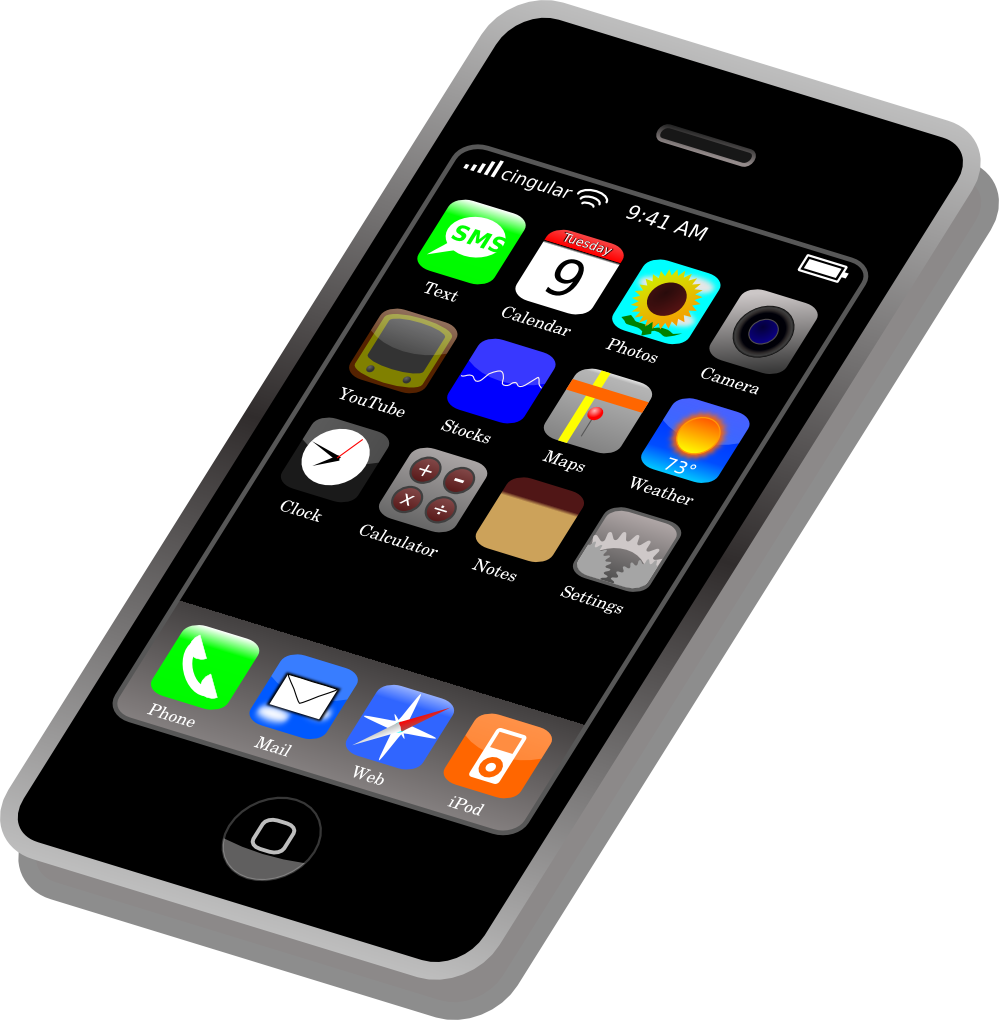How Do Capacitive Touch Screens Work?

Recently a forum post surfaced where someone reported using different objects to control their cell phone. They decided to see if a hotdog could substitute for fingers. Perplexed that it worked, they tried various other things around their kitchen. Some worked, some didn't.
Let's look at the physics behind why you can use a hotdog to control your cell phone (while ignoring why you'd want to).
Touch screens function based on an electrical principle called "capacitive touch." Holding your finger on or very close to the screen results in the screen reporting a touch or swipe action. In Android OS, this goes to a Java event listener and calls a method to do something useful. Cool, right? So how does the screen know that you touched it?
Well, let's look at a mathematical model as a starting point.
First of all, capacitance measures an object's ability to store energy in an electric field. You know, like in a capacitor.
The equation for this is
C= epsilon * (area of the capacitive plates) / (distance between the plates)
This is traditionally written as:
C= epsilon* A/d, where epsilon is the electromagnetic permittivity of the space between the points being examined.
Since the size of your screen doesn't change, and the permittivity is constant, we can adjust the capacitance of our cell phone by pressing on the screen. This reduces the distance between the plates of our theoretical capacitor (or sections of the screen in reality) and increases the capacitance. Within an electrical circuit, this change in capacitance generates a tiny change in the current that the processor reads.
Since the human body is a fantastic conductor (compared to wood), a finger pressing on the screen can conduct this current generated in the change in capacitance. By aligning the screen in a matrix (like a standard display screen), the processor can determine where the touch occurs on the screen by assigning an x,y coordinate plane. The x and y coordinates move as the finger moves, and the processor knows where the finger is located.
This method is used in almost every model of touch screen. Now, the part about wood, fruit, hot dogs... An object needs to be conductive to operate the capacitive touch features of the screen. Since a hot dog is mostly salt water, it is HIGHLY conductive (slightly higher than your sweaty finger). Fruits contain a lot of sugars, which in and of themselves are not very conductive. However, when dispersed in water, they can create dipole-dipole connections at the molecular level, which allows a path for electron flow.
This is less conductive than your fingers or tasty hot dogs but is sufficient to work under many conditions. Lastly, wood is mainly made up of carbon bonds. These have no free electrons and make miserable conductors. Cotton shares similar properties. This is why your phone in your pocket results in no current flow from the phone to the outside world. Therefore, there is no touch input received by the processor. This changes if you're sweaty or have the rivets from your blue jeans pass by the screen, which can result in pocket dials. Modern phones have software protection to prevent this from happening from the lock screen, so incidences are much lower than they used to be.
Hopefully, this will help you the next time you decide to use a hotdog as a stylus for your tablet. We're not judging.




Member discussion